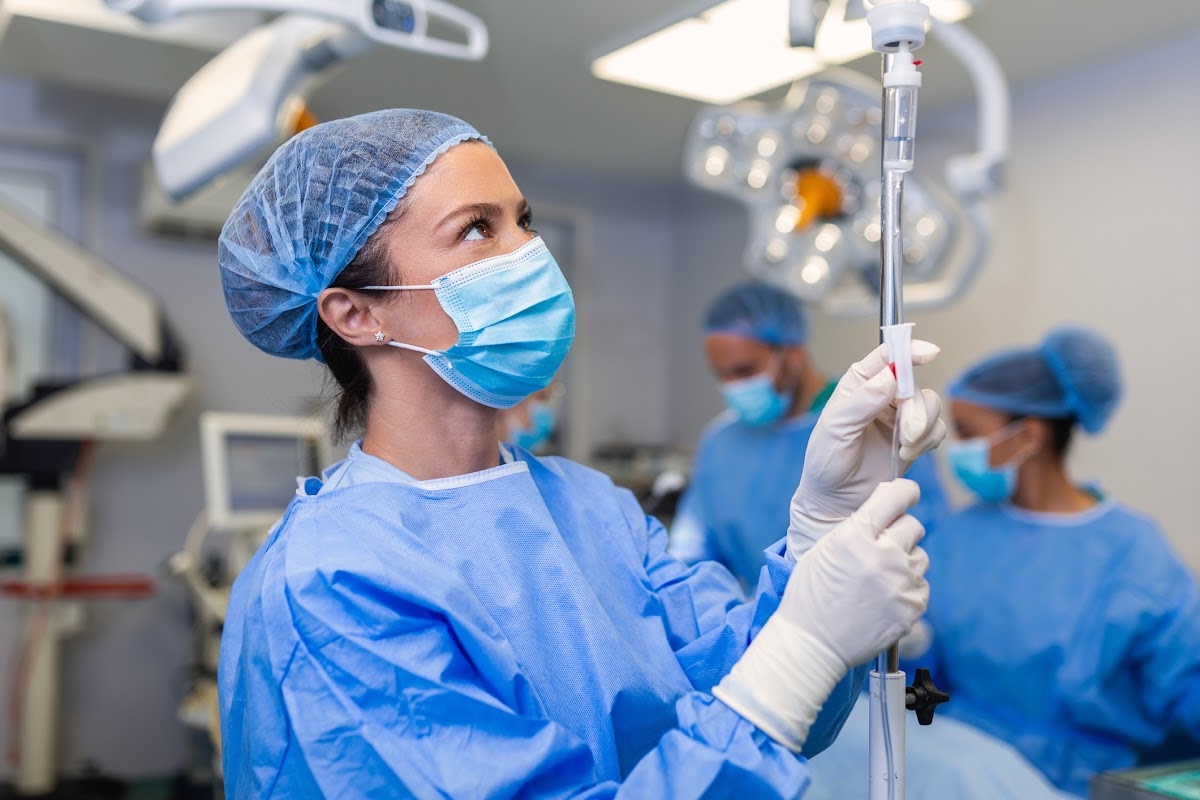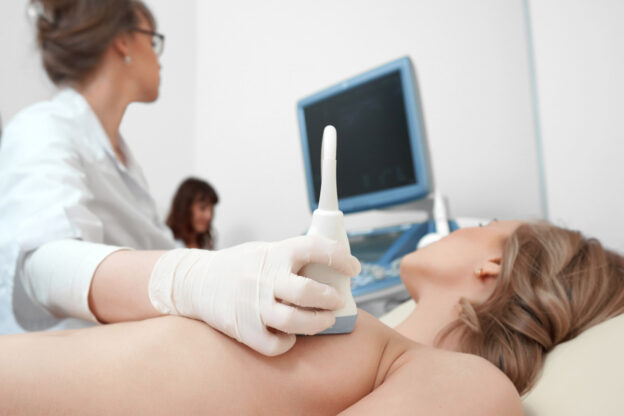A Guide to Plastic Surgery Anesthesia

Anesthesia has a significant impact on your plastic surgery experience, as it will affect both your comfort level and your recovery time. While you are likely aware of general anesthesia, which allows you to sleep during surgery, many patients are surprised to learn that there are several types of anesthesia.
Here, Fort Worth Board-Certified Plastic Surgeon Dr. Emily J. Kirby explains the levels of anesthesia used in her plastic surgery center and medical spa.
Local anesthesia
Local anesthesia is a topical cream or injection that we administer directly to the treatment site in order to numb the area. It is widely considered to be safe and effective and is the go-to option for minor cosmetic procedures, such as fillers and minor in-office procedures. Patients typically have few, if any, activity restrictions (other than recovery guidelines specific to their procedure). The numbing effect may last between 4-6 hours, depending on the type of anesthetic and where it was placed.
Common procedures that use local anesthesia
At our Fort Worth medical spa, we use local anesthesia for several non-surgical and minimally invasive treatments:
- Lip augmentation
- Some laser skin resurfacing treatments, such as IPL, ResurFX, and CO2 lasers
- SkinPen microneedling
- Injectable treatments such as dermal fillers
- Earlobe repair
Sedation anesthesia
With sedation anesthesia, often called “twilight anesthesia,” “procedural anesthesia,” or Monitored Anesthesia Care (MAC), patients remain conscious but are in a state of deep relaxation. Sedation anesthesia may be administered through an oral tablet, gas inhalation, or an IV line. However, many plastic surgeons prefer IV sedation because it provides the most consistent comfort compared to other types of sedation.
Sedation anesthesia allows patients to communicate during the procedure, and it allows the anesthesiologist to personalize the level of relaxation. Its effects are also quick to wear off once the IV line is removed, and side effects are usually mild and short-lived. Most patients are able to walk within 20 minutes and feel normal after a few hours, although you will need a designated driver to take you home.
Common procedures that use sedation anesthesia
Sedation anesthesia helps relieve anxiety and is ideal for procedures that require mild-to-moderate pain relief. Common procedures that can be performed under sedation anesthesia include:
- Some laser treatments, such as CO2 laser skin resurfacing
- Upper eyelid surgery
- Brow lift
- Liposuction
- Lip augmentation with an implant
- Small skin excisions
Regional anesthesia (i.e. TAP blocks)
Regional anesthesia prevents pain by using a local anesthetic injection to numb a specific area of the body. This type of anesthesia may be used in conjunction with another anesthesia option, such as general anesthesia or sedation anesthesia.
There are three types of regional anesthesia: spinal anesthesia, epidural anesthesia, and peripheral nerve blocks. In plastic surgery, we typically use peripheral nerve blocks, which involve precisely injecting an anesthetic around the location of a specific nerve or nerves during surgery using ultrasound guidance. Regional anesthesia provides excellent pain relief and may reduce the need for narcotic pain medication in the initial recovery period, as its numbing effects may last up to 12-36 hours. At Kirby Plastic Surgery, regional blocks are routinely performed after general anesthesia is administered, for optimal patient comfort.
Common procedures that use regional nerve blocks
Dr. Kirby performs a TAP Block (transverse abdominis plane block) during abdominoplasty, which numbs the area from the belly button to the upper thigh, allowing the patient to require less anesthetic medication during and after surgery.
Dr. Kirby’s breast surgery patients routinely choose to undergo PECS blocks performed by our board-certified anesthesiologists using ultrasound guidance. It is common after these blocks that patients report not taking any narcotic pain medication after surgery.
Close monitoring during surgery can help prevent many side effects of anesthesia.
General anesthesia
General anesthesia offers optimal comfort for more extensive or combination procedures; you will be asleep for the entire operation. At our City Surgery Center, you will be under the attentive care of a board-certified anesthesiologist at all times. The anesthesiologist begins general anesthesia through an IV and/or mask, and you will have a breathing tube after you fall asleep.
You are monitored throughout the procedure by the anesthesiologist to ensure your vital signs remain stable. The advantage of general anesthesia is that patients have no memory of the surgery and experience no pain. You will, however, feel “out of it” for a few hours after surgery and need a responsible adult to stay with you for at least the first 24 hours after surgery.
This level of sedation carries a higher risk of complications and side effects than other types of anesthesia; however, general anesthesia is considered safe for nearly all patients in good health.
Common procedures that use general anesthesia
General anesthesia is often the best choice for procedures that involve longer incisions or longer surgeries:
- Tummy tuck
- Breast procedures
- Mommy makeover
- Brazilian butt lift
- Liposuction
- Body lifts
- Fat grafting
- Ear pinning
Factors that affect anesthesia choice
There are several factors we consider before choosing the appropriate type of anesthesia:
- Your age and overall health
- The type, extent, and location of your procedure
- Your personal comfort preferences
Safe sedation or general anesthesia may require that you pause certain medications or supplements that could interact with the medications used in your anesthesia. During the consultation, we discuss anesthesia options in detail to ensure that you feel confident moving forward with your procedure.
Considering plastic surgery? Choose a surgeon who puts patient safety first
Female Board-Certified Plastic Surgeon Dr. Emily J. Kirby has over a decade of experience performing a range of plastic surgery procedures and is known for achieving safe, outstanding aesthetic and reconstructive results. Dr. Kirby is board certified by the American Board of Plastic Surgery (ABPS) and served as the first female Chief of Plastic Surgery at Texas Health Resources Harris Methodist hospital, the largest hospital in Fort Worth. To learn more about how Dr. Kirby chooses the optimal anesthesia for patient safety and comfort, call or text 817-292-4200 to schedule your consultation or contact us online today.


